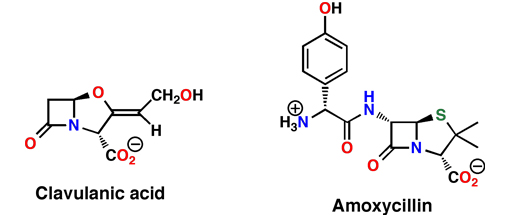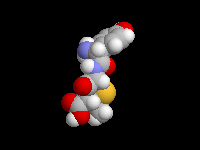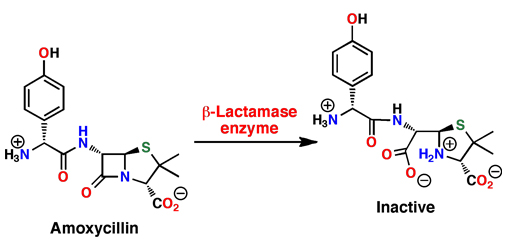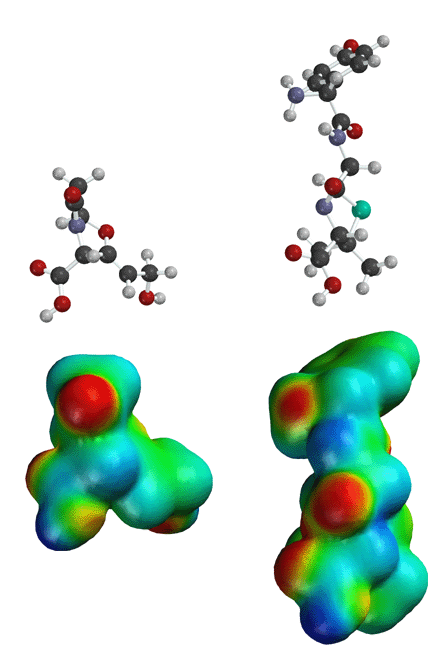


Ever since antibiotics have been used to treat bacterial infections, bacteria have begun to evolve mechanisms that counteract the antibiotic and allow the bacteria to survive, often leading to more severe disease in the patient. Bacteria have evolved to evolve, so this is no surprise. Leading contributors to the recent rise in antibiotic resistant bacteria are the overprescription of antibiotics and the incomplete use of antibiotics during treatment. If a patient does not take the full time course of the antibiotic, then the bacteria can recover, and many of them may have mutated to become somewhat resistant. Next time, they are better able to deal with the antibiotic, until eventually they are entirely resistant. Hospitals and daycare centers contain a large amount of antibiotic resistant bacteria, because hospital patients (and toddlers) are generally being exposed to all kinds of different antibiotics, so any bacteria that survive there are particularly antibiotic resistant!

Today's molecule of the day, clavulanic acid, blocks the action of b-lactamase enzymes. If a patient does not respond to amoxycillin withing a few days, a new antibiotic mixture, called augmenten (usually banana flavored) is used, especially for toddler ear infections. This is a mixture of clavulanic acid and amoxycillin. The clavulanic acid is the counter measure to the bacterial countermeasure, namely the b-lactamase, so the amoxycillin is now effective. You can see how this "antibiotic" war can escalate, since b-lactamase could evolve to be resistant to clavulanic acid. It is important that we are always one step ahead of antibiotic resistance, even though there is often little financial incentive for the pharmaceutical companies.

Interesting references for clavulanic acid, the MOTD include a general review on anitbiotic resistance in bacteria, a recent reveiw on antibiotic resistance, how clavulanic acid is used for certain classes of beta-lacatamases, and clinical use of clavulanic acid in combination with certain penicillins.